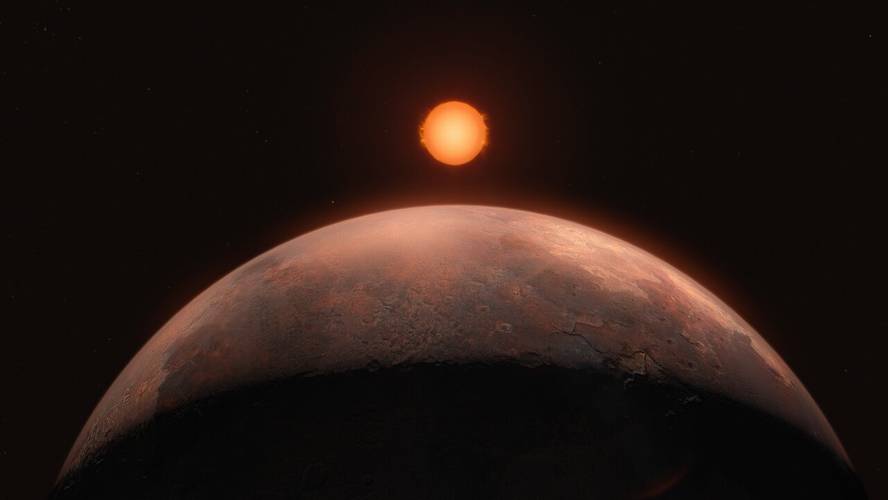You see an exoplanet in the single star closest to the Sun.
Astronomers have found an exoplanet orbiting Barnard's star, the single star closest to our Sun (just 6 light-years away). The observation has been made through the EXPRESSO tool of the VLT telescope, and as reported in the journal Astronomy and Astrophisycs, the newly discovered exoplanet has half the mass of Venus and its duration is just over three days on Earth.
Barnard's star is a red dwarf and is the second closest star system to the Sun, after the three-star group of the Alpha Centauri, and the first individual star. Its proximity has been a priority objective in the search for exoplanets. In fact, the observations have been made in the habitable or temperate field of the star, and this finding has been the result of five years of work.
The planet Mercury is twenty times closer to its star than the Sun, and it's called Barnard b. Although this star is 2500 degrees colder than our Sun, the temperature of the planet is too warm to have liquid water on the surface. In particular, the surface temperature is around 125 °C. On the other hand, it is one of the only known exoplanets with a mass less than that of the Earth.
In comments, the group used ESPRESSO. This instrument measures in star the oscillation caused by the gravitational attraction of planets orbiting or having a star. The results obtained from these observations have been confirmed thanks to data from other tools specialized in exoplanets search. In addition, three other extrasolar planets have been found pointing to a second, which was detected in 2018, although it has not been possible to confirm that it was another planet.






